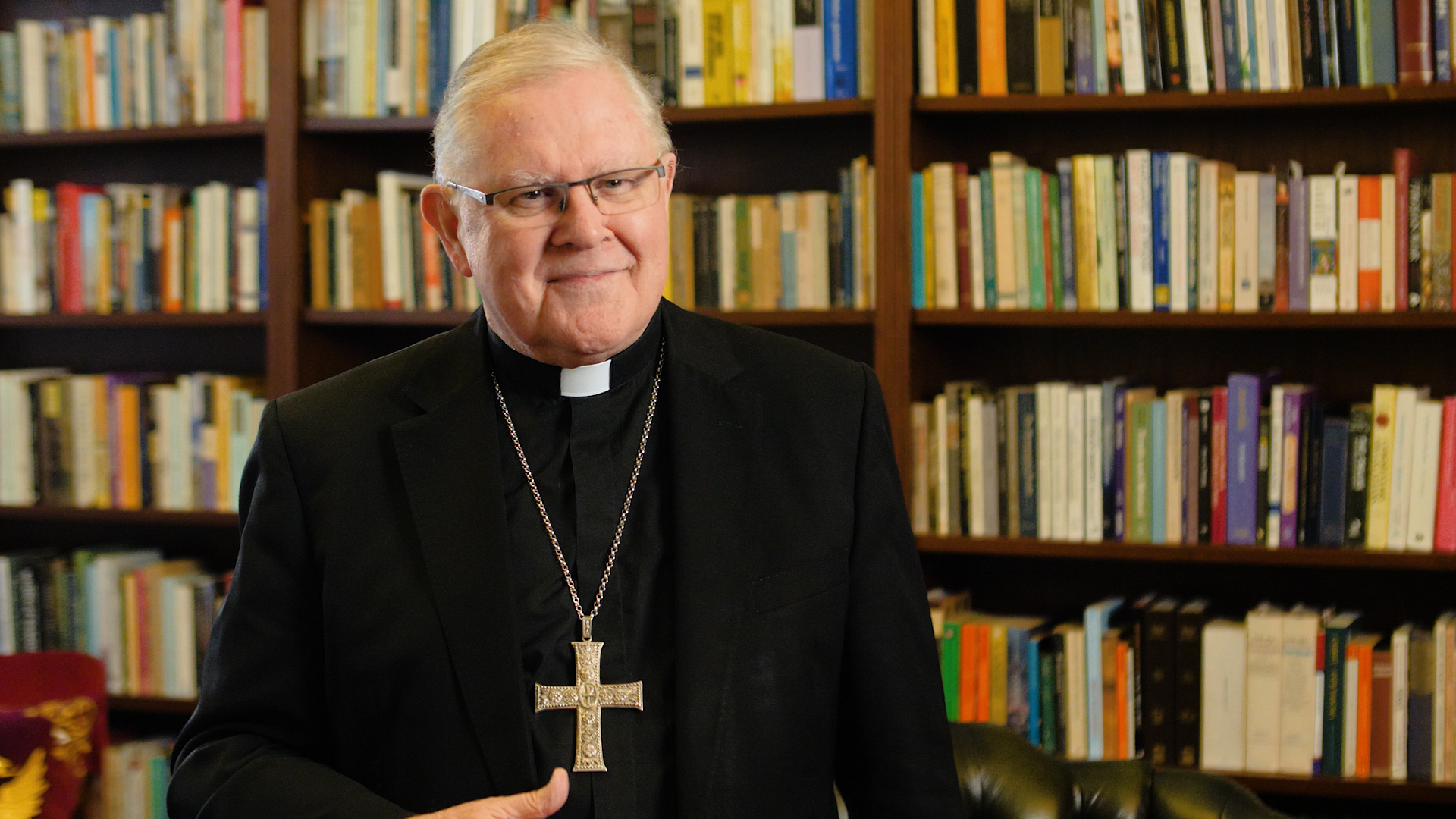Brothers and sisters: Peace be with you!
As we cross another threshold in the long journey of responding to the crisis of sexual abuse in the Church, I want to speak a word to you, a word of hope and encouragement.
I speak first to the victims and their families who have suffered most through it all. Especially to those in the Archdiocese of Brisbane who have been traumatised by abuse I offer a most heartfelt apology. I think too of the many fine clergy and religious in the Archdiocese who have been so mired and burdened by what has happened. But there is no-one in the Church who hasn’t been wounded in some way by abuse. When one in the community suffers, all suffer. That’s the way it is in the Body of Christ; when one part of the body is in pain, the whole body suffers.
The Australian Catholic Bishops Conference and Catholic Religious Australia have just published a joint response to the recommendations of the Royal Commission into Institutional Responses to Child Sexual Abuse. We have accepted, accepted in principle or supported 98 per cent of the Royal Commission’s recommendations. As requested by the Royal Commission, we have referred some to the Holy See, and we are pursuing discussions with the Vatican.
The one recommendation we cannot accept concerns the seal of the Sacrament of Penance, since to accept it would be contrary to our sense of faith and would corrode religious freedom. We don’t believe that abolishing the seal would make children any safer. Nor do we believe that the seal and the safeguarding of children are mutually exclusive; and we’ll do all we can to ensure both the safety of children and the inviolability of the seal. In our view, legislation abolishing priest-penitent privilege is based on a lack of understanding of what actually happens in Confession and moves in a purely hypothetical world. It’s difficult then to see how the law will work in practice. The bishops and religious leaders have the utmost respect for the rule of law; but we believe that this proposed law will prove impracticable. It will not make children safer and it will undermine religious freedom. That’s why it’s bad public policy.
The response of the bishops and religious leaders has been published with the four-volume final report of the Truth Justice and Healing Council, which helped shape our response. There are many words, and they are important; but more is required. Now is a time for action. Some of the action is already being undertaken; we aren’t beginning from scratch. But much of it lies ahead; and the bishops and religious leaders commit to doing whatever is required. To help us nationally in that task we’ve established the lay-led Implementation Advisory Group who have been involved in finalising our response.
In the first place, action will be the responsibility of bishops and religious leaders. But it will also involve the entire Catholic community in one way or another. This sense of shared responsibility for building a culture of safeguarding can be troubling for some. It’s true that clergy and religious were responsible for most of the abuse in the past, and bishops and religious leaders for most of the cover-ups. Therefore they bear a special burden of responsibility. Currently serving bishops and religious leaders may not be personally responsible for abuse or cover-up, but they have a duty to address the crisis; and they will need to call upon all the members and resources of the Catholic community to do that effectively.
The new demands being made of volunteers in parishes and other communities are proving challenging. But we’re asking only what we judge necessary for the building of a new culture of safeguarding in the Church. Cultural change of this kind is always demanding. Some of the new provisions are required by law; others are to ensure that the Archdiocese is a genuinely safe place for all, but especially for the most vulnerable.
To help build a culture of safeguarding the bishops and religious leaders have established Catholic Professional Standards Limited, an independent lay body which will set nationally consistent safeguarding standards and monitor compliance with them across the Church in Australia.
One especially important action will be provision of pastoral care to survivors of abuse and their families. This was the original purpose of the Towards Healing protocol, but it was overtaken by redress payments which tended to obscure its pastoral purpose.
Now that the Church has committed to the National Redress Scheme we hope that the financial element can be dealt with elsewhere and that we can focus more on pastoral care for survivors and their families. That’s what the Church should do best.
Soon the Cathedral will have a shrine to St Mary MacKillop in the front turret which is currently the Unity Chapel. In that space there’s a candle placed on stone brought from Jerusalem. I intend to make that candle and stone a memorial to the suffering of all those abused and a sign of hope that there is light in the darkness. It will stand in the Chapel of St Mary MacKillop and will be a way of entrusting to her care the abused, their families and all who have suffered because of abuse in the Church. Mary knew the pain of victims and the strength of survivors, which is why we will entrust to her all victims and survivors.
The response of the bishops and religious leaders was released on the eve of National Child Protection Week and Fathers’ Day. We look now to the Father of all mercies to forgive us, to heal the wounds of survivors and to lead us all into the light of Easter. May the light of the Risen Christ shine in the deep dark places “until the day dawns and the morning star rises in our hearts” (2 Peter 1:19).
Most Rev Mark Coleridge
Archbishop of Brisbane
